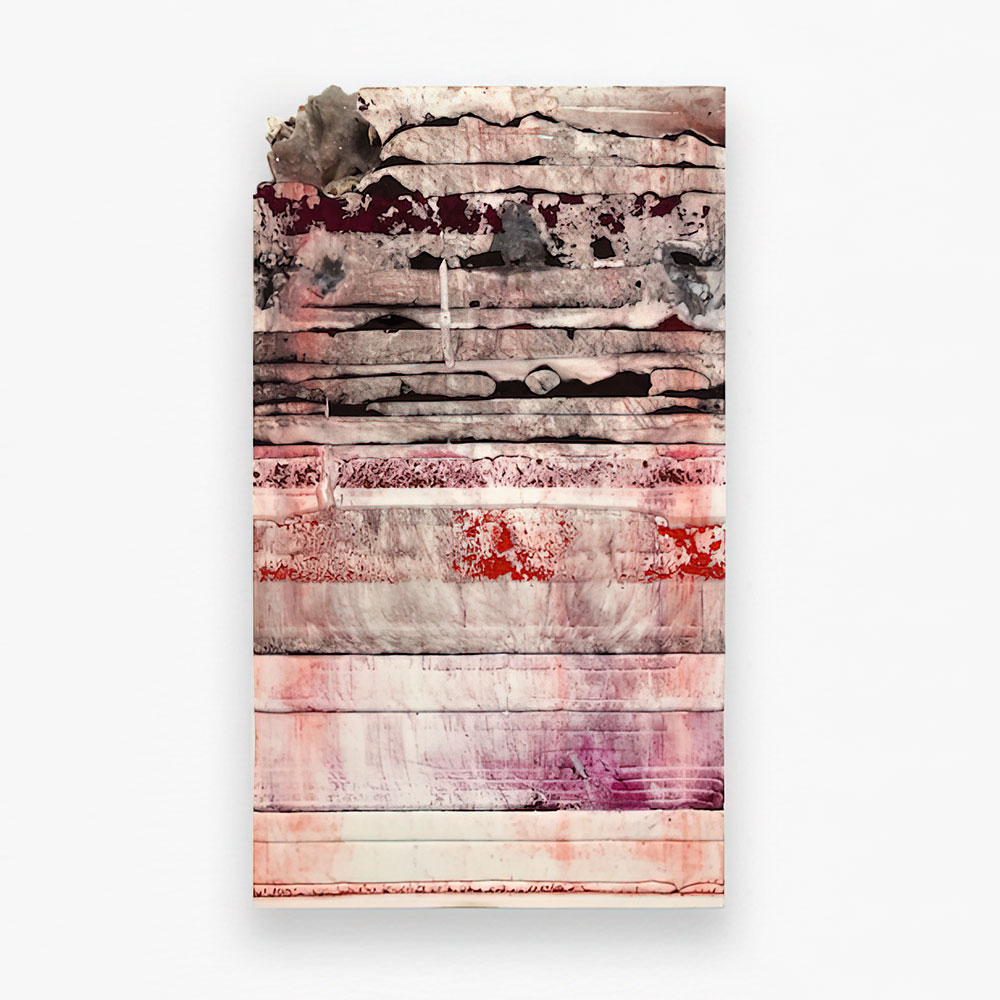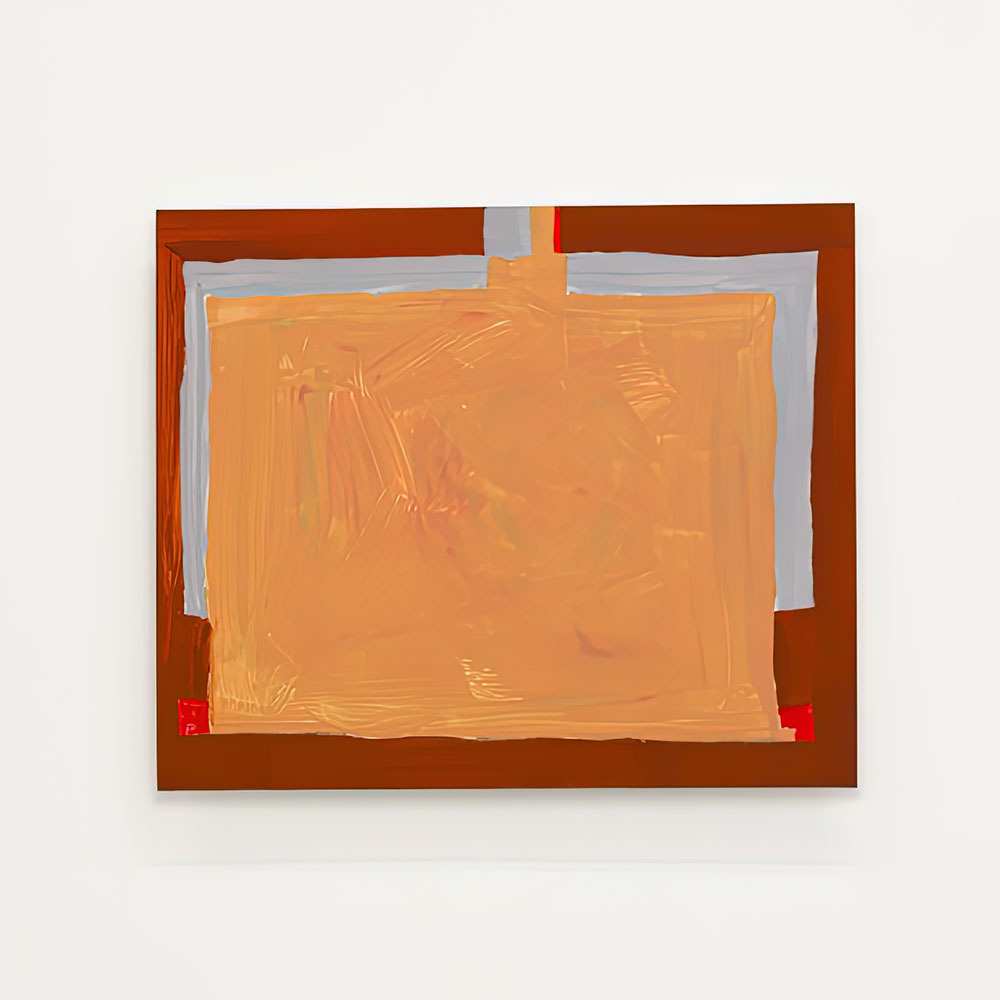PRESENTATION: Emerging, Submerging, Reemerging
![]() The group exhibition “Emerging, Submerging, Reemerging” featurer paintings and sculpture by four artists. Each artist is driven by an unquenchable conviction to investigate through direct, physical engagement with materials. Imagination and the act of making is a way of puzzling things out. Similar to the vicissitudes of life, each persists and evolves, emerging, submerging, and reemerging.
The group exhibition “Emerging, Submerging, Reemerging” featurer paintings and sculpture by four artists. Each artist is driven by an unquenchable conviction to investigate through direct, physical engagement with materials. Imagination and the act of making is a way of puzzling things out. Similar to the vicissitudes of life, each persists and evolves, emerging, submerging, and reemerging.
By Efi Michalarou
Photo: galerie frank elbaz Archive
When showing the four artists’ work in proximity, the group exhibition “Emerging, Submerging, Reemerging” opens the door to discovery. Their art are provocations, invitations to look, compare and to see. As with most abstraction, interpretations are open ended, one suggestion leading to something else. Born in 1936 in Shigaraki, a historical ceramics production centre in Japan, Yasuhisa Kohyama has played a significant part in reviving the use of the traditional Japanese anagama wood-firing kiln, being the first potter in the area to build such a kiln since the Middle Ages. He is a contemporary master of the ancient practice of Sueki, a method that originated in southern China, which accounts for his unglazed yet glassy surface textures. Yasuhisa Kohyama mines clay’s potential. He pulls apart mounds of earth, builds it up, sculpts it, cuts it, incises it, and ultimately fires it. His highly refined approach to creating unglazed, sensual forms is about extending traditions rather than a radical departure. The work’s final transformation is determined by placement of the vessels inside the kiln and the intense heat of the wood-burning process. These elements of chance are collaborators in Kohyama’s perpetual honing of his craft in search for ever more powerful, elegant sculpture. Robert Storr is a renowned art critic, curator and artist. He has written widely on art and has interviewed some of the world’s leading artists. Storr’s writing has appeared in countless books and exhibition catalogues as well as in Art in America, Artforum, Parkett and ARTnews. He has curated exhibitions internationally and was the first American-born Artistic Director of the Venice Biennale. Paintings by Robert Storr are intimate inquiries into shape, color and grid templates. Experimenting with the qualities of different paints, he investigates subtle fluctuations in placement and execution of similar images and layering of blocks of color. Hard-edge boundaries and marks soften into textured, painterly statements with rapid improvisations using looser brushstrokes and fast-drying paint. He chooses not to title his works to avoid influencing the viewer’s perception. Since the late 1950s, Sheila Hicks has been producing work exceptionally difficult to categorise. Knotting, wrapping, folding, twisting and stacking wool, linen and cotton: these are only some of the techniques and materials that have seen her undermine conventional artistic categories and their hierarchical relationships. A pupil of Josef Albers at Yale, Sheila Hicks is the heir to both a Modernist spirit that holds the distinctions between fine art, decoration and design to be unimportant and a textile practice that has its roots in pre-Columbian America. Sheila Hicks leverages the inexhaustible possibilities of fiber and color. Her constant explorations with pliable lines and linear thinking surprise and delight. How do you negotiate and connect lines? Oftentimes, the investigations involve taking the material into space or sculpting soft masses of fiber before it is turned into a linear, weavable element. The seductive physicality and familiarity of humble threads beckon one to get closer much like a welcoming hand. Stéphane Henry creates evocative universes of material transformations. Establishing rigorous parameters, he layers mixtures of minerals, colors, chemicals and other materials that interact and morph into sculptural records of movement. These compressed fragments of alchemy appear simultaneously microscopic and cosmic. Despite the artist’s experiments with his capacity to control the process, he benefits from the inevitable accidents that occur along the way enabling new environments to emerge
Participating Artists: Yasuhisa Kohyama, Robert Storr, Sheila Hicks and Stéphane Henry
Photo: Yasuhisa Kohyama, Sora, 2021, Stoneware, wood firing, 45 x 50 x 50 cm (17 3/4 x 19 5/8 x 19 5/8 in.), © Yasuhisa Kohyama, Courtesy the artiunglazed st and galerie frank elbaz
Info: galerie frank elbaz, 66 rue de Turenne, Paris, France, Duration: 16/3-1/5/2024, Days & Hours: Tue-Sat 11:00-19:00, www.galeriefrankelbaz.com/


